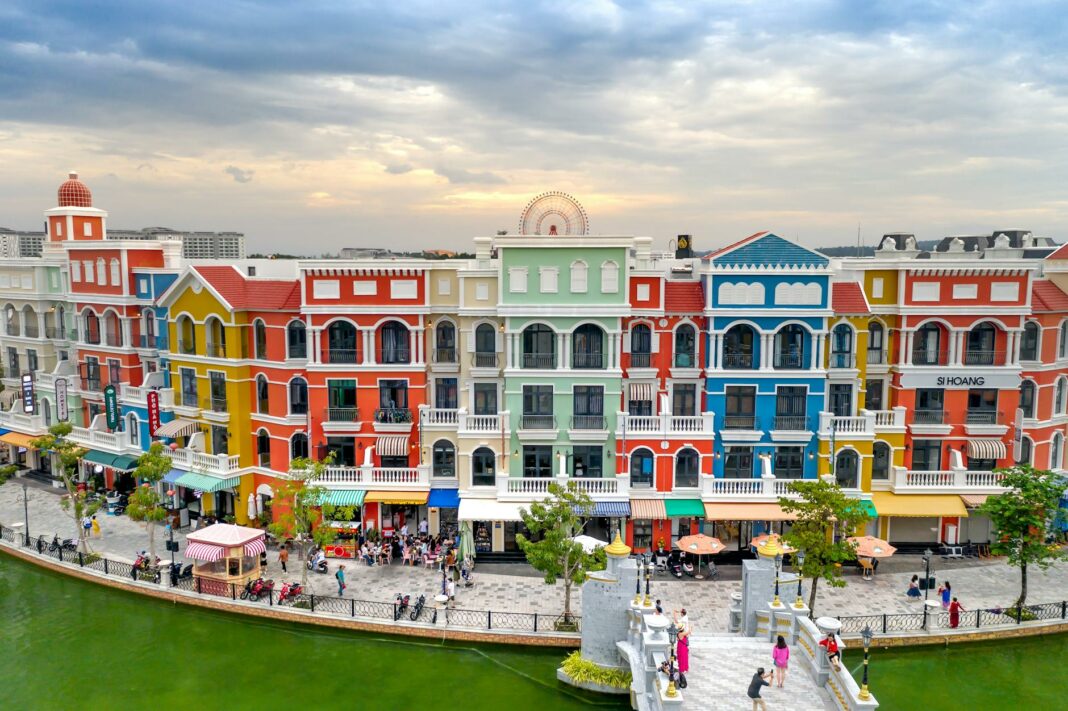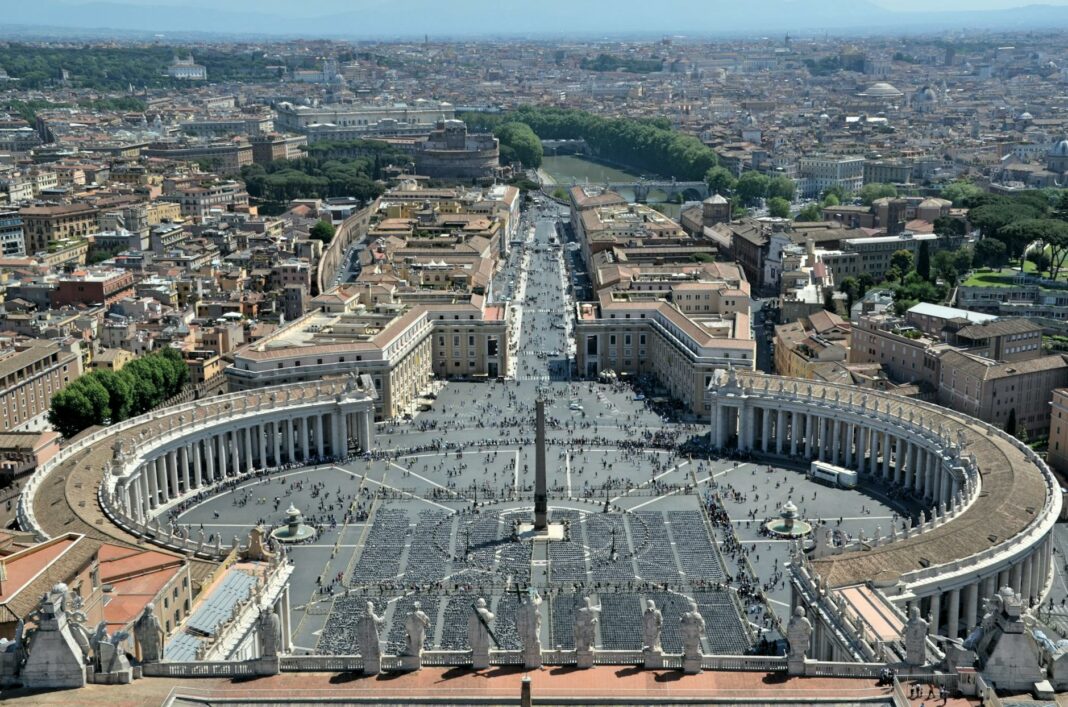Imagine a journey that transcends the ordinary and takes you to the very heart of your soul. For spiritual seekers, a pilgrimage offers not just a holiday but a profound experience brimming with purpose and meaning. This blog post delves into the mystical world of pilgrimage, exploring why these sacred journeys hold a unique allure for those yearning for deeper spiritual connection. Set against the backdrop of ancient paths and modern-day reflections, a pilgrimage can indeed serve as the ultimate retreat for the spiritually inclined.
Whether you seek solace, enlightenment, or community, the act of pilgrimage is anything but mundane. It’s a chance to immerse yourself in rich traditions, connect with fellow seekers, and step away from the distractions of today’s world. With every footstep, there lies an opportunity to ponder life’s greatest questions, making the pilgrimage not just a destination, but a journey of self-discovery.
What is a Pilgrimage?
To begin with, a pilgrimage is more than a mere travel experience; it embodies a spiritual quest undertaken by individuals seeking a closeness to the divine. Unlike typical vacations, where leisure often tops the agenda, pilgrimages are steeped in significance. They often lead to sacred destinations—places that resonate deeply with history and spirituality. Imagine walking in the footsteps of generations who have come before, sharing an age-old ritual of faith and intention.
In various cultures, this journey can take on many forms, from the pilgrimage to Mecca in Islam to the Camino de Santiago in Spain, and even Route 66 for some reflective modern souls. Each journey carries distinct motivations and spiritual practices. Often influenced by personal beliefs, the essence of the pilgrimage experience lies in both its communal aspect and the intrinsic solitude it offers.
Why Go on a Pilgrimage?
Engaging in a pilgrimage invites the opportunity for profound introspection and self-realization. In a world dominated by distracting daily routines, setting aside time for contemplation allows a much-needed break from chaos. Pilgrimages serve not only as an escape but also as a catalyst for spiritual awakening.
Moreover, embarking on this journey can enhance connections—both with oneself and with others. The paths are often lined with kindred spirits sharing similar aspirations and emotions. These shared experiences foster a sense of community that is both uplifting and transformative, reminding us that we are not alone in our quest for understanding. Pilgrimages often evoke a range of emotions, allowing seekers to process joy, sadness, gratitude, and everything in between.
Benefits of Pilgrimage
Engaging in a pilgrimage reaps abundant benefits for the mind, body, and spirit. Physically, the act of walking or traveling to a sacred site becomes a form of meditation, encouraging exercise and awareness of the present moment. This connection to nature and the act of moving one’s body promotes a feeling of vitality and rejuvenation.
Psychologically, a pilgrimage can serve as a powerful therapy session with oneself. It creates the perfect backdrop to confront unresolved emotions, pursue healing, and cultivate mindfulness. Spiritual seekers often report feelings of profound clarity upon completion of their journey, as personal realizations emerge amidst rituals and serene surroundings. The blend of physical activity, emotional release, and spiritual exploration fosters inner peace that is often sought but rarely attained.
Popular Pilgrimage Sites
Across the globe, numerous pilgrimage sites capture the hearts of spiritual wanderers. Consider the ancient paths of the Camino de Santiago. This route invites thousands each year to walk toward the Cathedral of Santiago de Compostela in Spain, a journey steeped in communal experience and personal reflection.
Another noteworthy destination is Varanasi, India, where the sacred Ganges River comes alive with rituals and ancient practices. Here, one can immerse themselves in the rich religious tapestry, experiencing spiritual awakening through age-old traditions. Other significant sites include the holy city of Jerusalem, the revered Mecca, and the serene shrines of Japan’s Kumano Kodo. Each of these locations reveals layers of spirituality, beckoning seekers to explore the landscape of their faith.
A Transformative Experience
The impact of a pilgrimage often extends far beyond the destination. Participants return home transformed, carrying new perspectives and insights that shape their lives. Often, the journey compels individuals to adopt healthier lifestyles, embrace spiritual practices, and cultivate deeper relationships with others.
The memorable moments experienced along the way—those quiet reflections, shared laughter with fellow pilgrims, and heartfelt conversations—serve as catalysts for change. It’s common for individuals to find clarity in their purpose or resolve lingering life questions as they traverse sacred terrains. Thus, the pilgrimage becomes a turning point, aiding the path to self-discovery and spiritual fulfillment.
Final Thoughts
As we conclude this exploration into the beauty and significance of pilgrimage, it’s evident that these journeys do more than satisfy the wanderlust of spiritual seekers; they allow for profound personal transformation. The quest for deeper understanding, community, and inner peace elevates pilgrimage to the pinnacle of meaningful retreats. In our fast-paced world, engaging with the spiritual path can bring refreshing clarity and empowerment. Each step taken on a pilgrimage reverberates with growth and exploration, elucidating the power of intention and faith.
FAQ
What should I bring on a pilgrimage?
Packing light is essential; focus on comfortable shoes, weather-appropriate clothing, a journal for reflections, and perhaps a small token that represents your intentions.
Can anyone go on a pilgrimage?
Absolutely! Pilgrimages are open to everyone, regardless of spiritual beliefs. The journey is what matters most, allowing personal interpretation along the way.
How long does a typical pilgrimage last?
The duration varies greatly depending on the location and individual goals. While some may take a few days, others could span weeks or even months.
Are there any physical requirements for undertaking a pilgrimage?
While some pilgrimages may require a moderate level of fitness, many can be adapted for different abilities. It’s always advisable to prepare accordingly for the specific journey.
Image Credit: Pexels





